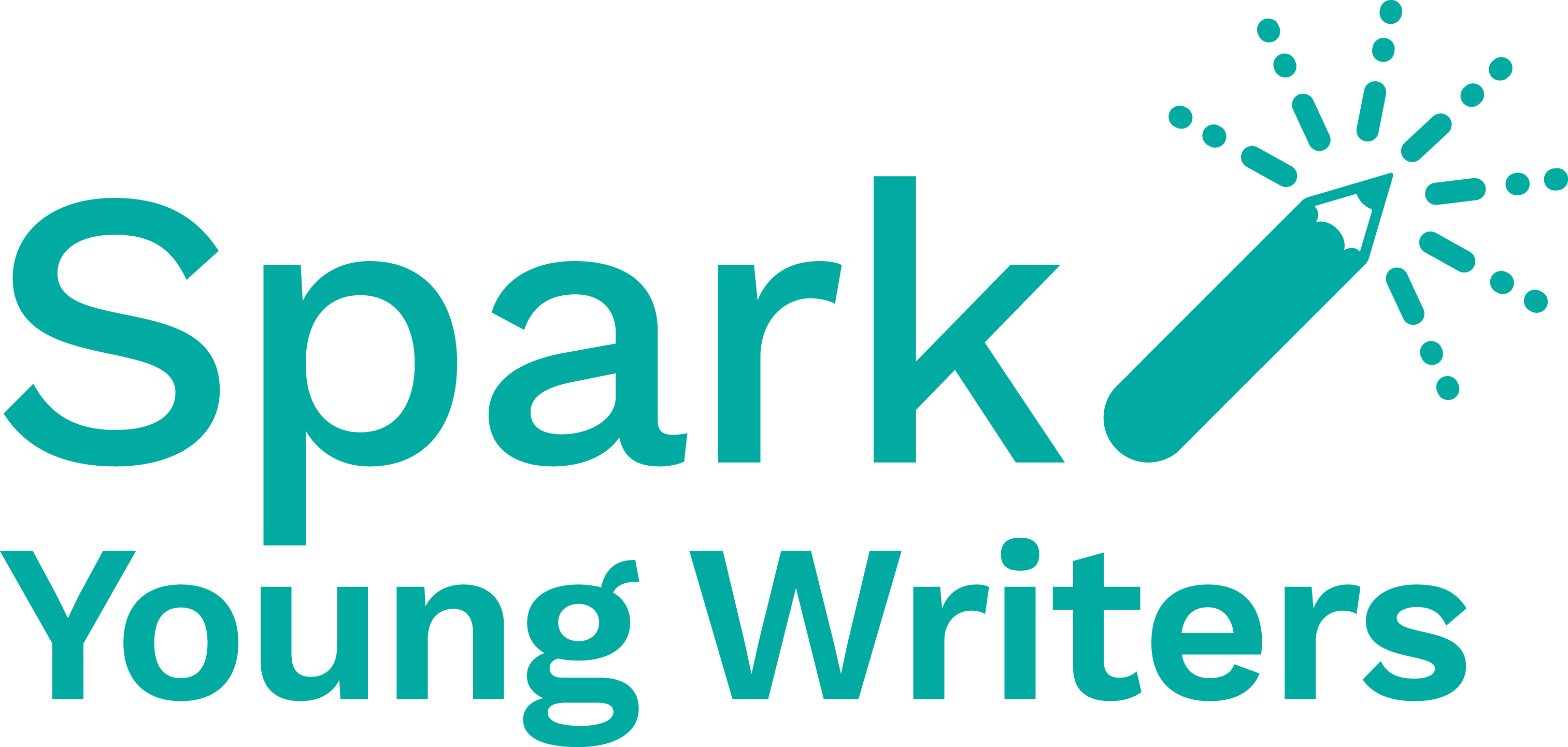Trying to Find the Missing Pieces
Annabel Herbert
It was at the age of nine that I became a detective, trying to decipher who my brother was after he got his diagnosis at six years old. I had no awareness of what a mental illness was, and I had never heard the word autism before. So when I sat there with my parents in the doctor’s office and the psychologists told them that he was autistic, that his brain was different, I had no template to understand what was wrong with him. The only evidence I gathered from this was that Mum was devastated, so it was something I should probably be sad about too. I didn’t notice any ‘difference’ at this point either, only the therapy ball and the sensory mat which became permanent fixtures in the kitchen after he started occupational therapy.
My first big step in learning about his autism was when I finally realised that the machinations Miles puts himself through every day weren’t entirely normal. None of my friends had hand-washing rituals, where they would go through almost five bottles of liquid soap a week. None of my friends would throw a fit whenever they were given a glass of water in the ‘incorrect glass’, and none of them had the most annoying pathological need to control all situations. It was as though the difference had suddenly become so apparent that it expanded until it filled the room, it became claustrophobic, unavoidable. This is when I found that most of his habits which I had just accepted as a part of who he was, were actually a result of his autism.
Overtime, I became more and more motivated to find out who was inside this boy, and after a quick Google search, it was revealed that he had extra connections between his brain cells, a surplus of synapses, ‘significantly more folding in the left parietal and temporal lobes as well as in the right frontal and temporal regions.’ This would have been useful only if I was a neurologist.
Google images, however, offered me a flurry of pictures all containing blue, red, green and yellow puzzle pieces, the autism awareness symbol. I thought that it implied a mystery to be solved, something to be put together, and for a while, it became easy to understand him as one giant puzzle. Sometimes, I even went as far as thinking that the missing pieces of his puzzle had got up and left on their own adventure, following their own life, away from society. Miles just didn’t fit in. However, as much as I tried to understand him through my jigsaw analogy, I was wrong. How can you understand someone, when the person you are trying to understand doesn’t even know who they are themselves?
Miles’s brain is a beautiful, one-of-a-kind brain. A brain that can do incredible things that my own brain can’t. But most importantly, it’s a brain that I have come to accept that I will never understand, but that’s okay to not understand.
